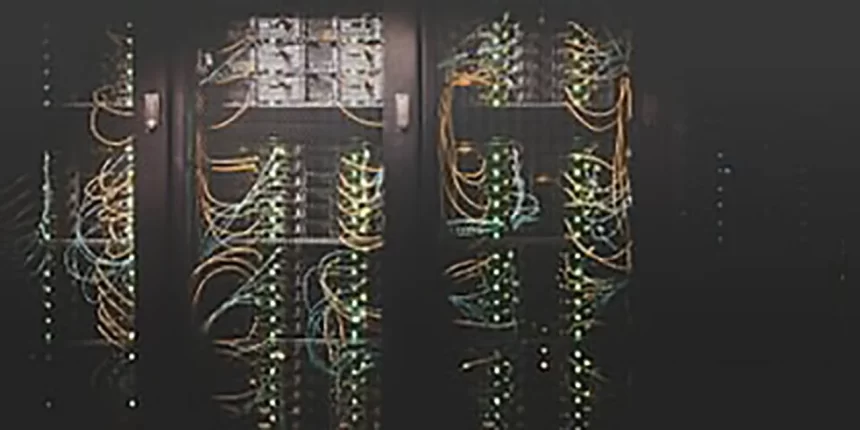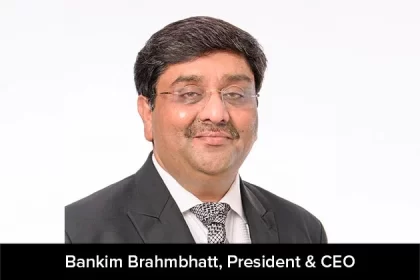Due to the strong demand for information technology (IT) services, both domestically and internationally, the world is witnessing steady growth in data center operations. An increase in the number of users and the proliferation of data and cloud is putting pressure on the existing data centers to adapt to the ever-changing business needs. Despite the evolution and advancement of data center technology, there are still concerns surrounding the power requirements and cooling needs that were there at the beginning.
Almost anywhere, data centers and IT labs are coming closer to operational capacity limits. Power resources are becoming increasingly constrained, and the energy costs are spiraling out of control. One should know how much electricity is being used, how much is available, and where performance can be improved. There are software’s that can help monitor the data center facility and calculate efficiency in real-time.
Some of the tools which managers of the data center can use are:
Smart PDUs
Rack PDUs and inline meters provide accurate billing-grade, real-time data information as well as current, voltage, active power, and apparent power information. Managers can select the model that perfectly meets the industry’s most comprehensive selection of specifications: outlet metered/outlet switched; outlet metered; unit metered/outlet turned; unit measured PDUs; inline meters.
All single-phase and three-phase sPDUs complement data center equipment. Due to its success in reducing costs by removing unnecessary voltage changes and line transmission loss, the three-phase power to the cabinet is conventional in data centers worldwide. Three-phase power designs aid data centers of all sizes, including hyper-scale ones like data centers from LinkedIn that have grown to accommodate their growing user base – now about 433 million users worldwide.
Environment Sensors
The ability to monitor humidity, temperature, contact closure, air pressure, and airflow within a data center is critical for efficient power management. Environment sensors facilitate data center managers to ensure uptime by scrutinizing racks for prospective hot spots; save on cooling by reliably raising data center temperatures; maintain security in the cabinet with contact closure sensors; improve the availability of data centers by receiving alerts; make strategic decisions on configuration and containment for cooling, and set thresholds and warnings for monitoring on-site or remote installations. Sensors can save up to 4 percent in energy costs for every degree of upward temperature change in the baseline, known as a set point.
Power Management Systems
Energy management software offers supplier-agnostic centralized power surveillance with features such as the agentless, graceful shutdown of the OS, outlet control, thermal, and energy analytics. It also gives kWh per rack usage and energy costs per client, department or application, line loads for optimizing capacities, rack inlet temperatures, and even carbon footprint. This software helps to identify potential trouble spots, save energy, and keep the IT equipment in a safe environment. Increasing power management systems efficiency will help keep a cloak on energy costs, one of the highest overheads in a data center. Sustainable growth is challenged by increased data center energy consumption, and the tools, as mentioned above, will go a long way to help improve data center efficiency. Power management systems support the manager of the data center, know how much resource is being used at a time, use power more effectively, boost server uptime and reliability, enable higher rack densities and reduce costs and efforts. The famous slogan for data center administrators should be saving energy.










